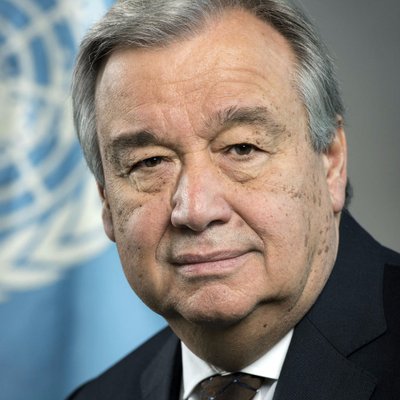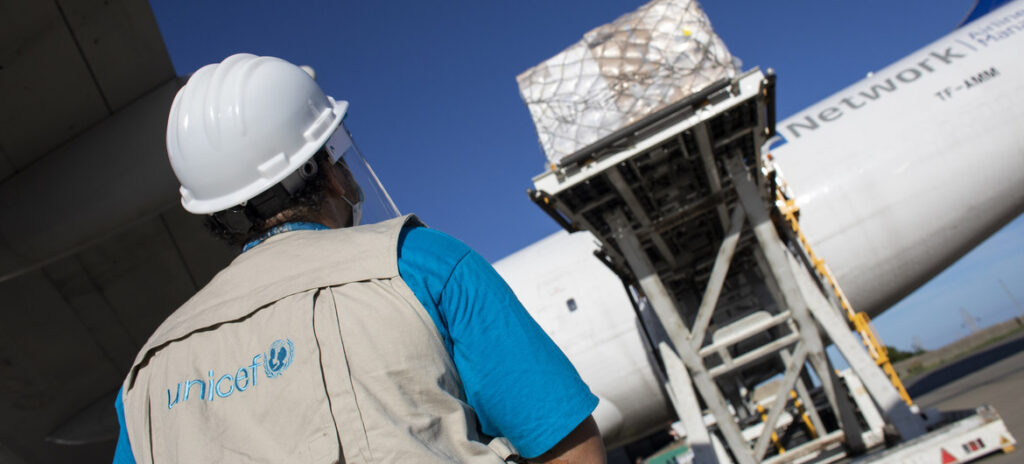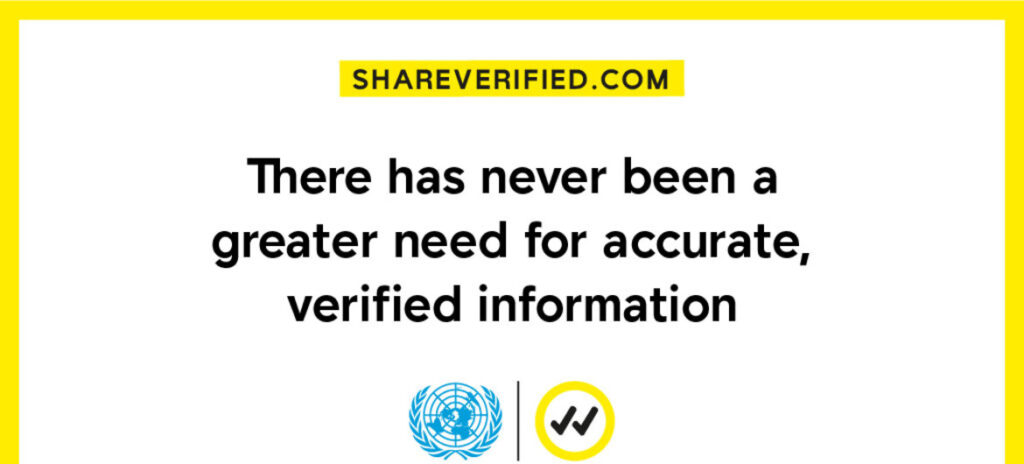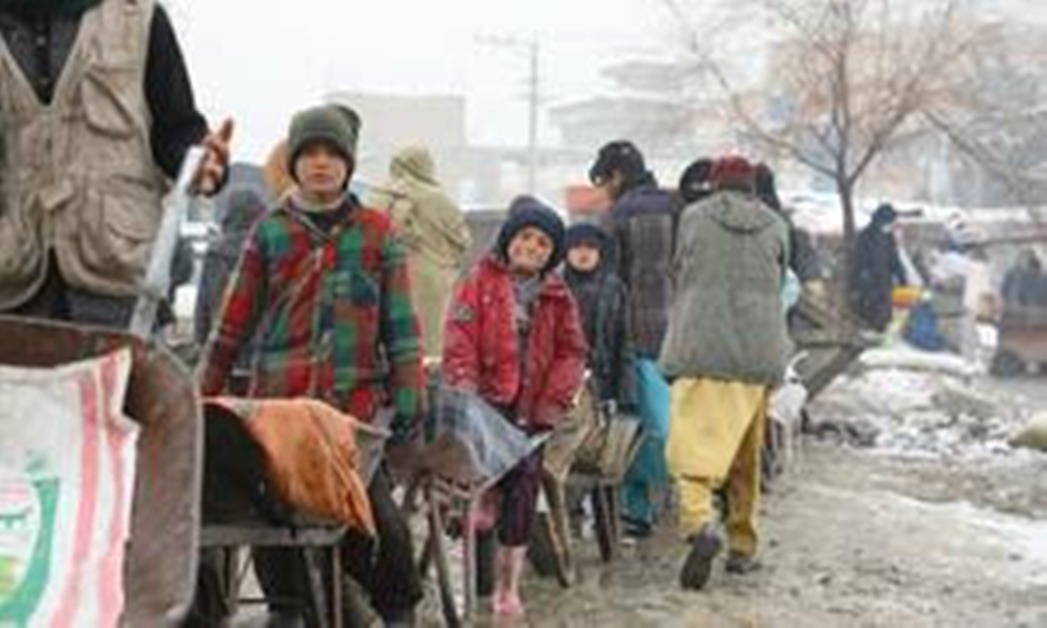Vaccines that protect against COVID-19 have been developed in record time over the year but, amid fears that people from poorer countries may miss out, the UN has consistently insisted on global solidarity, to ensure that all are protected. In the final part of our series on the ways that the virus has changed the world, we trace the evolution of the COVID-19 vaccines, and how protected we are likely to be in 2021
 KRC TIMES Desk
KRC TIMES Desk


“I am not completely recovered, and my body is still weak. I have swollen feet and, if I walk for more than 10 minutes, I will find myself sweating, and out of breath. Despite this, I went back to work”.
The words of Hasna Gul, a UN Children’s Fund (UNICEF) worker in Pakistan, who caught a severe case of COVID-19 whilst preparing for a polio vaccination campaign, which aims to protect some 800,000 vulnerable children.
Her experience of polio means she has no doubts that vaccinations are a benefit to mankind. “I have been aware of the importance of vaccination from an early age”, she said. “I remember my mother telling me and my siblings that we must complete our vaccinations”.
A people’s vaccine
With no cure and few treatments available for people like Ms. Gul earlier this year, it is no wonder that a huge sigh of relief greeted the news that a COVID-19 vaccine, with reportedly high levels of effectiveness, was approved for use first in the United Kingdom and then other countries, in early December.

To think that we can preserve the rich people, and let the poor people suffer, is a stupid mistake UN Secretary-General, António Guterres
However, well before the announcement, UN chief António Guterres was insisting, in June, that vaccines for COVID-19 must be available for all, and not just those from richer countries.
In an exclusive interview with UN News in September, Mr. Guterres used used strong language to rail against the lack of solidarity shown by richer countries in the search for a vaccine that would benefit everyone. “To think that we can preserve the rich people, and let the poor people suffer, is a stupid mistake”, he said.
Optimism grew in September, with the unveiling of COVAX, a WHO-backed plan to spread the risks and costs of vaccine development, and providing the populations of participating countries – especially low-income countries – with early access: it is hoped that the plan will provide around two billion doses of vaccine by the end of 2021.

And, in November, the UN Children’s Fund, UNICEF, unveiled a ‘mammoth operation’ to deliver vaccines to over 92 countries, in collaboration with more than 350 partners, including major airlines, shipping lines and logistics associations from around the world, as soon as they become available.
WHO praised the unprecedented speed at which vaccines have been produced: by December, more than 150 candidates were at various stages of development.
The end in sight?
Looking ahead to 2021, it is clear that even with the extraordinary potential of the COVAX partnership, many people, particularly in the developing world, will still not have been vaccinated well into the year, and will still be at risk of contracting COVID-19. Nevertheless, the head of the WHO was able to declare in December that the end of the pandemic was in sight.

A UNICEF staff member watches as several tons of supplies to combat COVID-19 are unloaded at Venezuela’s main airport in Caracas. (August 2020)
By mid-2021, COVAX will, hopefully, have delivered enough doses to protect health and social care workers in all 190 participating countries that have asked to get doses in that timeframe. All other participants should get sufficient doses to cover up to 20 per cent of their populations by the end of 2021, and further doses in 2022.
Misinformation
We can expect the misinformation that has been a feature of this pandemic to also continue in 2021, with false information about the dangers of COVID-19 vaccines, a problem that already exists today.
Even before a pandemic had been declared, the UN was also growing increasingly concerned about misinformation, moving to dispel an unfounded rumour that the virus was caught from an infectious cloud and, in May, ramping up its communications efforts in May, with the launch of Verified. This campaign aims to combat lies and distorted messages, with trusted, accurate information surrounding the crisis. The campaign will continue next year, to fight the continued spread of scare-mongering and baseless anti-vaccination rumours.
Avoiding the next pandemic
COVID-19 has unleashed untold misery and disruption on millions of people, leading many to look in the history books to the Spanish Flu of 1918, in order to find some kind of comparison, in terms of scale and severity.

The UN’s Verified campaign aims to deliver trusted information
There are very real fears, however, that such pandemics are no longer a once-in-a-hundred-year event. In July, a report from the UN Environment Programme (UNEP) warned that the world should expect many more diseases to pass from animals to humans, citing a growing demand for meat, unsustainable farming practices, and the global climate crisis.
The question that the international community needs to answer is how to limit the spread of such diseases so that they can longer run rampant across the globe. In October, the UN proposed a raft of recommendations for national governments, notably universal health coverage, the building up of strong public health systems, and emergency preparedness measures.
The message is that there is no easy solution: vaccines are incredibly important, but they are not a silver bullet, and cannot be a substitute for good governance, and effective international cooperation.





